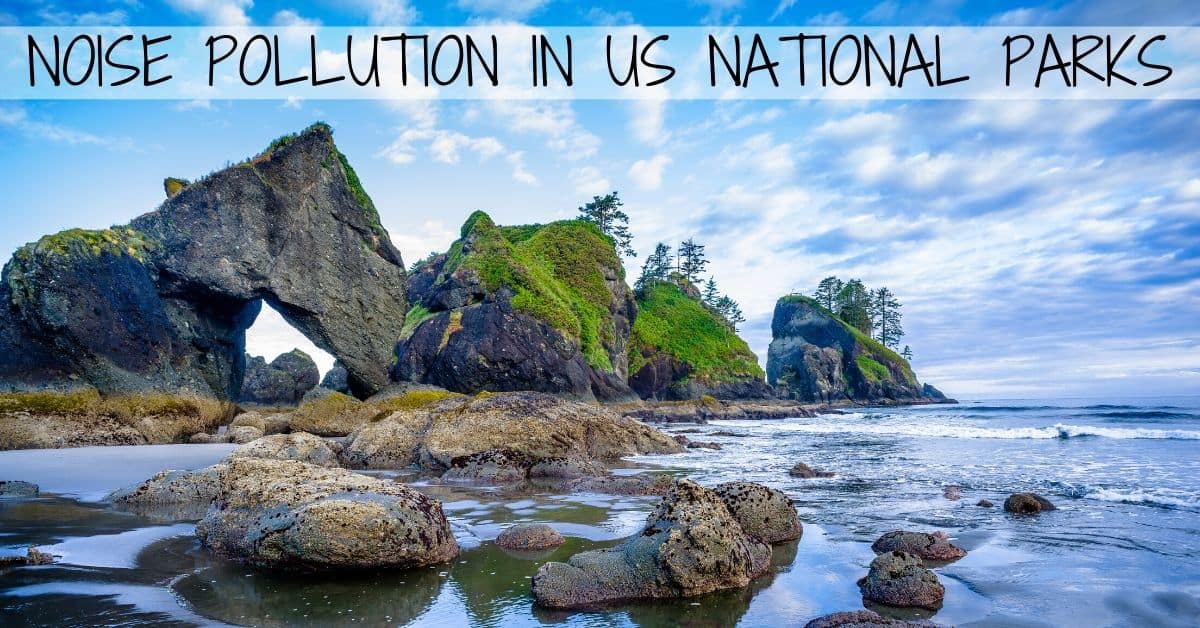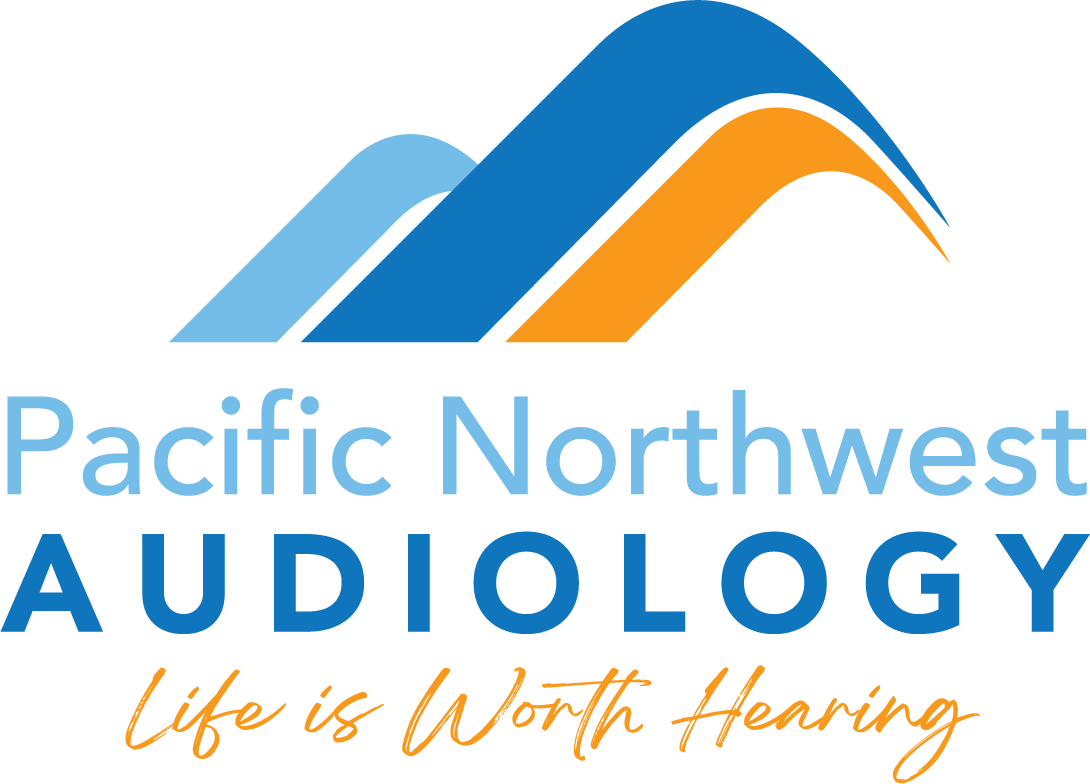
When you are enjoying the great outdoors, what features come to mind? Some enjoy the sight of a mountain in the distance or the saturated color of green that seemingly envelops the body. Others enjoy the fresh smells of plant life, coated in a glaze of morning dew. Still others enjoy what their bodies are able to do in these places—breathe easily, walk uninterrupted by traffic signals, lie down in a meadow and feel the sun shining on our faces. Perhaps you’re an adventurous person willing to forage for mushrooms, berries, and greens, tasting these gifts of nature for yourself. In addition to all these sensory delights, one of the true pleasures of the outdoors is the experience of natural sound uninterrupted by human creations. In one sense, this sound is “silent,” but as soon as you open your ears to a natural environment, you will discover that it is alive with the sounds of bugs, animals, and weather. These sounds may be quiet at times, but the real sensory delight is discovering the sound of nature without industry and transportation diluting the beauty of the sonic environment.
Despite the unadulterated pleasure of the natural auditory landscape, a recent study in Science magazine makes it seem as though these pure spaces are disappearing. At least two types of natural space were observed for the presence of noise pollution. In the first case, “preserved” spaces were analyzed, ranging from the vast acreage of protected wilderness to everyday parks, including those in urban areas. The latter were included, because they are often the only place of respite for urban dwellers who are not able to get to the remote wilderness very often. The second type of place studied in the article included designated wilderness areas. These sites have restrictions against the use of motor vehicles in the area, usually with the exception of emergency transportation or park staff necessities. The study asked how much noise from human creation was to be found in these two types of American spaces, resulting from industry, manufacturing, transportation, and other sounds included in the general category of noise pollution.
The results were staggering. In the general category of protected areas, noise pollution at least doubled the level of sound in 63% of spaces. This doubled level of noise sometimes came from a highway nearby or airplanes frequently traveling overhead. Some others had to do with mining, logging, or oil extraction taking place nearby. These sounds were at a very high level—raising the noise floor to ten times its natural level—in a full 21% of these protected sites. The risks from this type of noise did not stop at limiting the enjoyment of human visitors. Indeed, bird calls can be confounded by these sounds as can the skills of natural predators on the hunt.
However, you might expect some industrial and transportation sound to affect urban parks and other heavily populated protected areas. How about those places designated as “wilderness” where even visitor vehicles are restricted? Indeed, even in these remotest places, 12% saw a doubling of the noise level due to human intervention. Where once it was possible to escape the sound of human labor and transportation, it is now possible to hear vehicles and industry rather than birds and insects.
What is to be done about the noise pollution effects of human intervention in the natural world? Of course, the fundamental solution is to reduce our footprint on the natural environment by curbing unnecessary transportation and limiting the extraction of resources. This solution is the only tenable response to growing noise pollution, as well as other forms of pollution in the natural world. Yet, in addition to solving the ultimate cause of noise pollution in our protected and wilderness areas, others have proposed rerouting transportation to leave more space untainted by the sound of motors. By creating “noise corridors” for flights and using shuttles to get human visitors into remote natural spaces, it may be possible to preserve the sounds of nature as they are in the absence of heavy industry. The effects for human visitors will be the pure delight of natural sound, and the effects for sound ecology may be vastly beneficial in ways we do not yet know.
